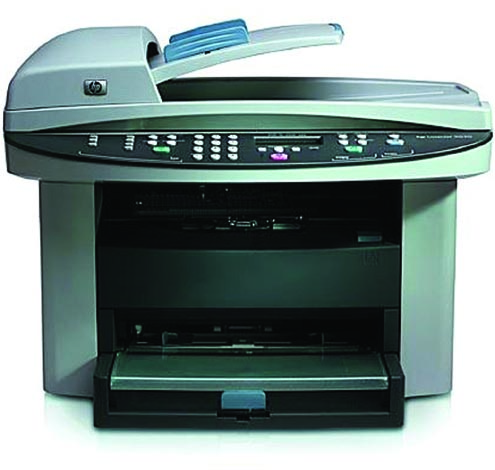15th November, 2011
Printer specifications can go on forever. This week, Consumers Advocate guides you through them and shows you what’s important to consider before buying any printer.
Dots per inch (dpi)
This number defines how many dots the printer can fit on to a square inch of paper. Due to baseline specs set long ago, all dpi numbers are a multiple of either 300 or 360, for example, 1200 dpi or 1440 dpi. The higher the maximum resolution, the more detailed an image the printer is capable of creating. Vendors use other technologies to stretch the capabilities of those dots, so the actual number is not quite as important as it used to be.
Engine speed
This number is usually expressed in pages per minute (ppm), and sometimes as characters (cpm) or images (ipm) per minute. In any case, check the claims carefully. Vendors often show performance numbers that reflect printing in draft mode, which is faster but not as good-looking as the standard-quality setting; or worse, they omit the initial processing time before the first page prints, which is an unavoidable part of every print job. An industry standard for “laser-comparable†printing has levelled the playing field, and you’ll see that spec on some printers. Note that print speed varies depending on the complexity of the job, too; printing complex graphics or on both sides of the page (duplexing) will slow your printer.

Internal memory
This spec will be expressed in kilobytes (KB) or megabytes (MB), if at all (most personal printers don’t have any memory). Among business printers, the amount of standard internal memory is an indication of how much print data the machine can accumulate when a queue of jobs is waiting to print. How much is enough, and how much is too much? A low-end business printer might have anywhere from 32MB to 128MB of RAM, while higher-end machines will have 256MB to 512MB of RAM, and graphics-oriented printers might start with 1GB. If you have a very busy office, or if you print complex or graphics-intensive files, you will need more, sometimes a lot more. Check for a printer’s maximum upgradable memory to make sure that the model has room to grow along with your needs
Monthly duty cycle
The specs for all business printers and most personal printers will include a number indicating the maximum number of pages the device can print per month without failing. The typical personal printer’s duty cycle will be somewhere under 5000 pages, while a lower-end business printer will dwell in the 20,000-page range. Higher-end workhorses boast duty cycles of 100,000 or more pages. Your print volume should fall well below the duty cycle of the model you’re considering; if it doesn’t, look for a printer with an even higher limit (or expect your printer to poop out a lot sooner). The duty cycle number is also indicative of the printer’s durability, the higher the duty cycle, the better-built it probably is.
Networking
A personal printer will always have a USB connection for use with one computer. An increasing number have integrated wireless for use in a home among several wirelessly connected computers. A business printer will have an ethernet connection so that it can function on a network; some models might also have wireless capability for use in an appropriately equipped small office. Most business printers also have embedded Web pages or other tools for easier management over a network.
Paper-Handling Specs
Standard and optional input tray(s): The number of sheets your printer can take in its standard configuration should exceed the number of pages you print per day—ideally by a multiple of three or more, so you don‘t have to touch the tray more than once or twice a week. A personal printer typically holds 100 to 150 sheets of paper in a single tray, usually with no upgrades available. A business printer will hold 250 sheets of paper at a minimum, but higher-end models can accommodate 500 to 1,000 or more pages in their standard or upgraded configurations. If you have a very busy office or you need to print on multiple sizes or types of paper, you will want multiple paper trays; make sure your chosen printer can accommodate such upgrades.
Multipurpose tray or manual feed slot:
These features are designed to feed a single piece or a small quantity of thicker media, such as envelopes, through your printer. They are best for occasional use, as many require some fiddling before or after you print. If you want to print on a special stock all the time, look for a printer that can dedicate a tray to this task.
Duplexing
Two-sided printing, or duplexing, is a great feature because it can cut your paper costs in half and spare some trees. If that appeals to you, look for a model with automatic duplexing; the feature is available on some personal printers and many business printers. Some printers offer manual duplexing, with prompts that tell you how to rotate and reload the paper to print the second side.


